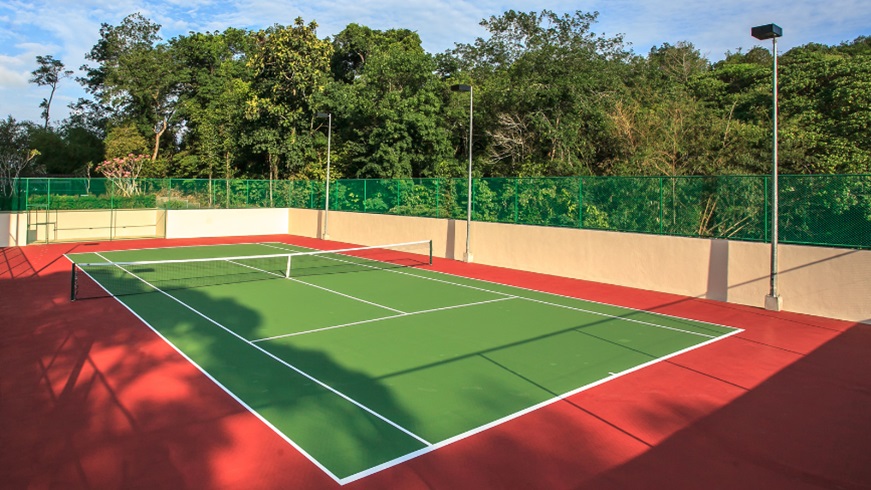
Resurfacing a tennis court is essential to maintaining its longevity and performance. In regions like Georgia, where the weather can be quite challenging, selecting the appropriate color and texture for tennis court resurfacing is crucial. By making informed choices, players can ensure aesthetic appeal and functional performance. For those considering tennis court resurfacing in Georgia, understanding the factors involved is key to achieving the best results.
Importance of Color in Tennis Court Resurfacing
Color choice goes beyond aesthetics when it comes to tennis courts. The color scheme can influence visibility, temperature, and even player performance. Opting for a traditional green and red combination can enhance the visibility of the tennis ball, making it easier for players to follow the game. However, more contemporary choices like blue and purple are gaining popularity for their striking appearance and excellent contrast with the ball.
Selecting the Right Texture
Texture is another critical factor. The surface texture affects the speed and bounce of the ball, as well as player movement. A smoother surface may result in a faster game, while a textured surface provides better traction and can slow the game down slightly. It’s important to match the surface texture with the playing style. Recreational players prefer a forgiving surface, while competitive players lean towards a faster, smoother court.
Benefits of Resurfacing a Tennis Court
Resurfacing a tennis court enhances its appearance and increases safety and performance. By improving surface quality, playing conditions are optimized, which can prevent injuries and prolong the lifespan of the court. Regular resurfacing can save costs in the long run by avoiding more extensive repairs. For those curious about the advantages, read this article.
Environmental and Climatic Considerations
When selecting materials and colors, it’s essential to consider the local climate. In hot climates, darker colors might absorb more heat, making the court uncomfortable to play on during peak hours. Lighter colors reflect sunlight and can keep the surface cooler. Additionally, certain textures may perform better in specific weather conditions, offering more durability and consistent performance.
Latest Trends in Tennis Court Design
Modern innovations in tennis court design incorporate sustainable materials and advanced technologies. Eco-friendly surfaces that reduce the carbon footprint and innovative drainage systems that improve playability during rainy weather are becoming standard. Keeping up with these trends can enhance a tennis court’s functionality and appeal.
Conclusion
Choosing the right color and texture for tennis court resurfacing requires careful consideration of several factors, including aesthetics, player needs, and environmental conditions. By investing time in these decisions, court owners can enhance their tennis facilities’ performance and enjoyment.
Frequently Asked Questions
1. What is the best color for a tennis court?
The best color depends on personal preference and visibility requirements. Traditional colors like green and red offer good visibility, but blue and purple are popular for their modern look.
2. How often should a tennis court be resurfaced?
To ensure optimal playing conditions, a tennis court should be resurfaced every 4 to 8 years, depending on usage and environmental factors.
3. Does the texture of the court affect gameplay?
Yes, the texture affects ball speed and player traction. Choose a texture that aligns with the playing style and level of competition.



